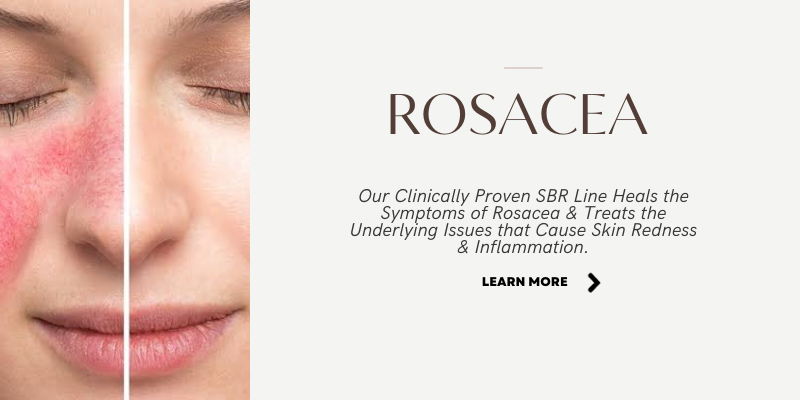
One of the most common causes of blackheads, and acne breakouts is the use of ‘Comedogenic’ products. If you have sensitive or acne-prone skin with visible pores, it’s especially important to read labels and be selective about using potentially pore clogging ingredients.
Understanding terms like ‘comedogenicity’, ‘comedogenic ratings’ and using clean, organic, non-comedogenic products are the best way to help transform your skin faster.
What is Comedogenicity and Comedogenic Rating?
Comedogenicity is the ability of an ingredient to clog pores (learn more). These ingredients work like a glue on the skin’s surface, which sticks together dead skin cells, dirt and oil – leading to acne, blemishes, blackheads and whiteheads. The higher the comedogenicity rating of a product/ingredient, the higher the chances of breakouts.
Today, there is only minimal research on this topic so only a few carrier oils and essential oils have been classified with comedogenic ratings from 0-5, with ‘0’ being Non-comedogenic, 1 to 2 – with Moderately Low Probability, 3 to 4 – with Fairly High Probability and 5 – with a High Probability of Clogging Pores.
There are no federal rules that monitor these ratings, and for trouble-free skin, you should look for ingredients with a comedogenic rating of 0-2. The ratio between Linoleic acid and Oleic Acid often determines the degree of comedogenicity of a plant-based oil. Since Oleic acid is more protective and nourishing, it is considered more occlusive (clogging) for the pores.
Remember that even if a product is blended with ‘some’ of the ingredients that have a low comedogenic rating, the ‘complete’ composition can sometimes be more comedogenic.
The Best Non-Comedogenic Ingredients in Natural Skin Care
One of the major underlying cause of breakouts is oil, hair, dirt, debris and dead skin that work together to block pores, and providing an ideal environment for bacteria to spread and cause acne. By avoiding these blockages and keeping pores clean, you minimize the chances of breakouts.
You may have heard of skin care or makeup products with a label that says ‘non-comedogenic’. However, not all products have this label and its best to have an awareness of the different ingredients with a low comedogenic rating and complement all skin types.
Here is a list of comedogenic ratings of different ingredients that we use in our products:
2 – Apricot Kernel Oil, Avocado Oil, Borage Oil, Evening Primrose Oil, Grapeseed Oil, Kukui Nut Oil, Olive Oil, Jojoba Oil, etc.
1- Castor Oil, Meadowfoam Seed Oil, Neem Oil, Pomegranate Seed Oil, Sea Buckthorn Oil, Shea Oil/Butter, Sunflower Seed Oil, etc.
0 – Hempseed Oil, Kaolin Clay, French Clay, Zinc Oxide, Papain Enzyme and Extracts of different botanicals like Chamomile, Aloe Vera Gel, etc.
In general, water-based formulas are less likely to clog pores. However, this does not mean that highly viscous oil will always have high comedogenicity. Also watch out for chemicals and sulfates that are placed high on the scale.
Products with low-comedogenic ingredients work with your skin dosha without clogging pores. This allows the pores to breathe, while providing complete nourishment and hydration to the skin. Additionally, their high Linoleic acid, Vitamin E, Essential Fatty Acids, Antioxidant and Anti-inflammatory components help repair skin and delay the signs of aging.

